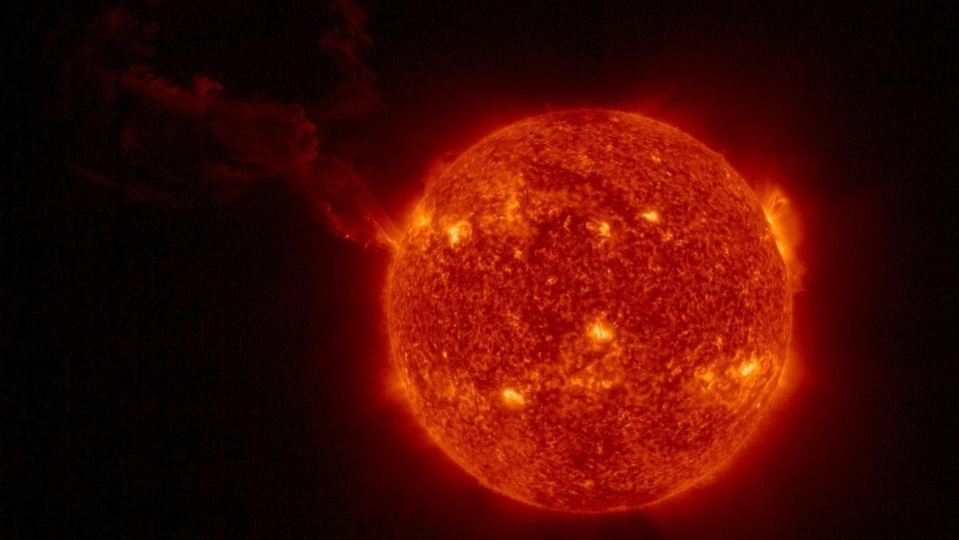WARNING! Dangerous solar storm set to hit Earth, fiery solar winds to blame
A dangerous solar storm is set to strike the Earth on November 20, caused by the fast-moving solar winds. Know the dangers from the impact of this solar disturbance.






 View all Images
View all ImagesIn just a couple of months, the Sun will enter the peak of its solar cycle. While the exact date is not known, it is said that the peak, also known as solar maximum, will approach sometime in the first half of the year. What it would also mean is an increased number of sunspots on the surface of the Sun which will likely explode and release a large number of powerful coronal mass ejections (CME). The result? A dangerous solar storm onslaught which can damage satellites, destroy internet and mobile phones and much more. And in just two days, we will see a glimpse of this potential solar threat.
The development was noted in a report by SpaceWeather.com which stated, “NOAA forecasters say there is a chance of G1-class geomagnetic storms on Nov. 20th when a high-speed stream of solar wind is expected to hit Earth. The gaseous material is flowing from a large southern hole in the sun's atmosphere”.
Tech behind the revelations
NOAA monitors the solar storms and Sun's behavior using its DSCOVR satellite which became operational in 2016. The recovered data is then run through the Space Weather Prediction Center and the final analysis is prepared. The different measurements are done on temperature, speed, density, degree of orientation and frequency of the solar particles.
Solar storm to strike the Earth on Nov 20
While G1-class solar storms are typically not the strongest, they can still cause a significant amount of problems. They are capable of causing disruption in radio waves, even a blackout. This can also impact GPS systems. As a result, flight timings can be delayed and ship transportation can be affected.
On the other hand, the strongest solar storms can damage satellites, impact mobile networks and internet connectivity as well as cause power grid failure. Although humans will not be directly impacted by the radiation, due to disruptions to emergency services and power outages at places of high importance, it can still cause a high number of deaths.
Catch all the Latest Tech News, Mobile News, Laptop News, Gaming news, Wearables News , How To News, also keep up with us on Whatsapp channel,Twitter, Facebook, Google News, and Instagram. For our latest videos, subscribe to our YouTube channel.
































